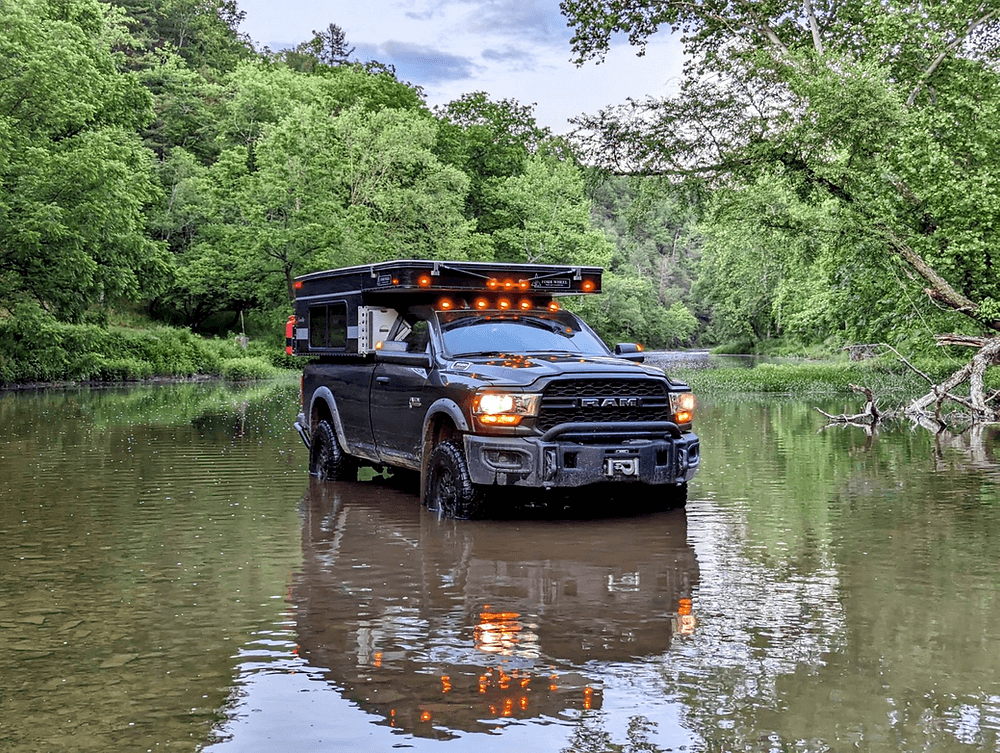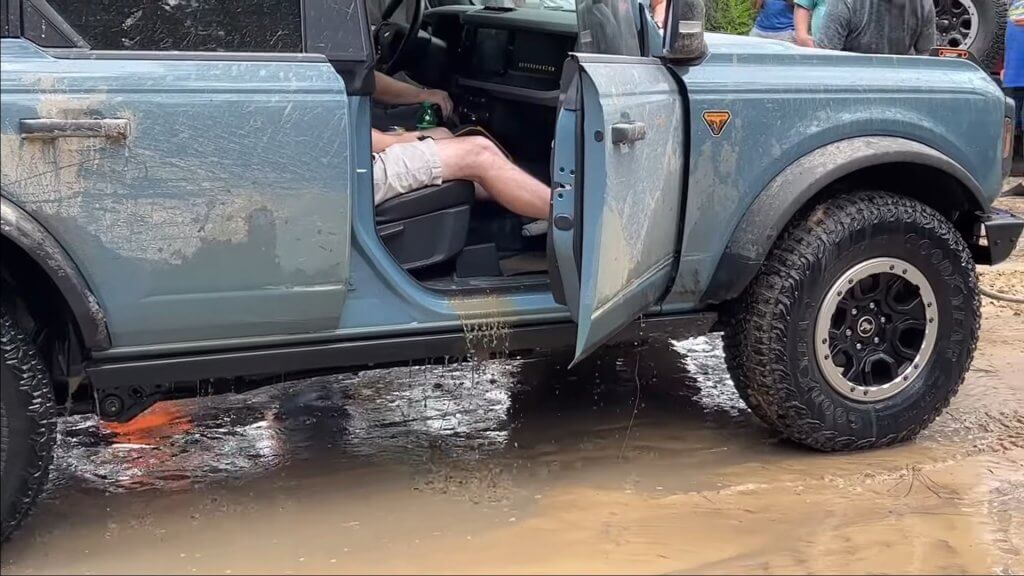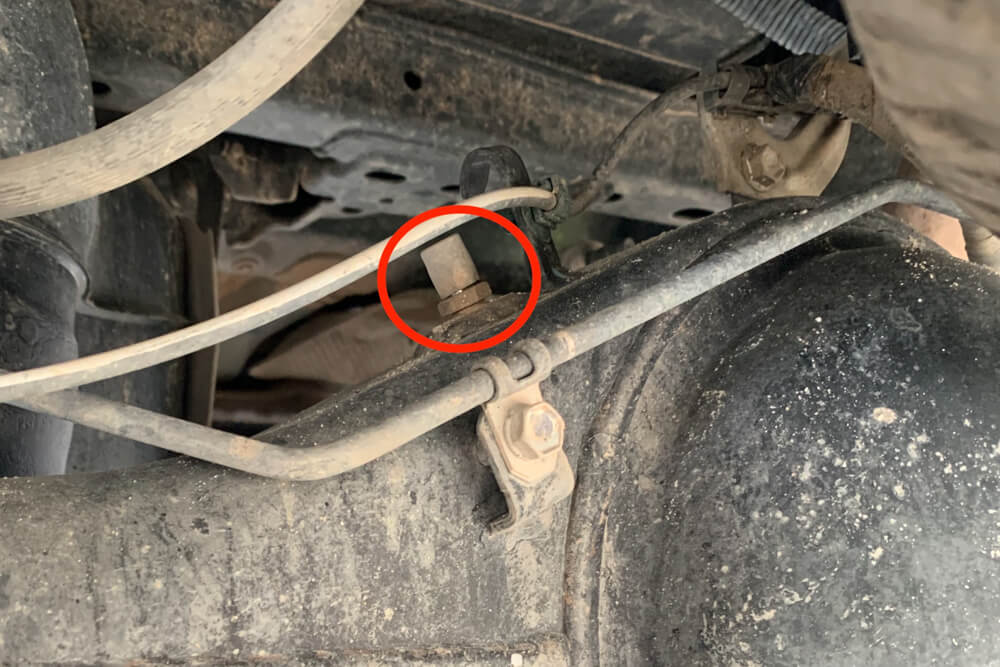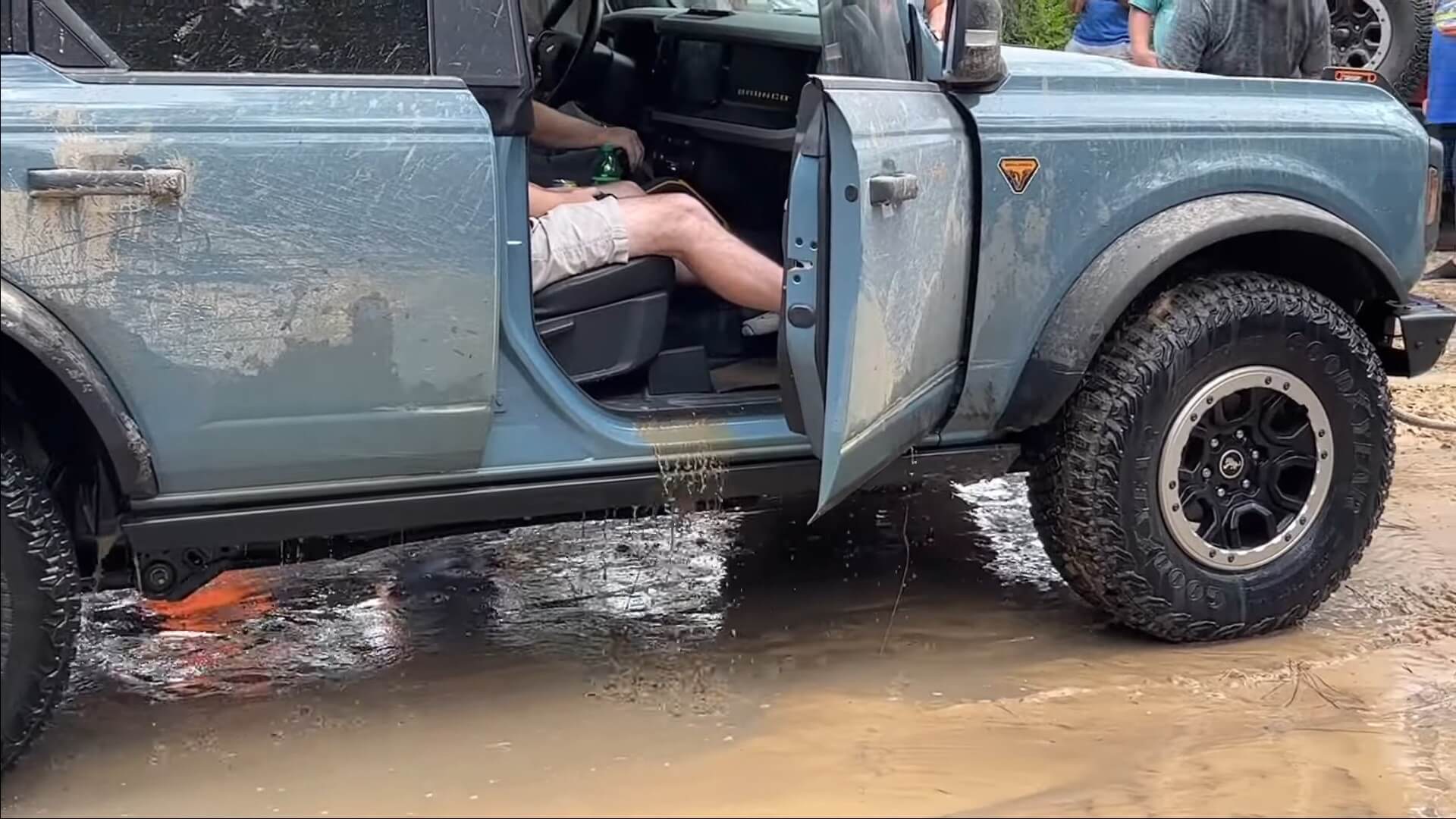Water crossings are some of the most exciting and rewarding features on Virginia’s off-road trails. From shallow streams tucked deep in the George Washington and Jefferson National Forests to rocky creek beds found along trails like Broad Run or Mountain Lake, these crossings bring both challenge and beauty to your adventure. But while they may seem simple, crossing water in a 4×4 comes with risks—both to your vehicle and your safety—if not done properly.
This guide is designed to help you understand the dos and don’ts of water fording in Virginia, while also promoting safety, vehicle care, and environmental responsibility.

Know the Trail Before You Go
Virginia’s weather is unpredictable, and so are its water levels. A crossing that’s barely tire-deep one weekend can turn into a two-foot creek after a heavy storm. Before heading out, it’s wise to research your trail and check for updates on VAOffRoad.org or from local off-road groups. Trails like Broad Run, Potts Mountain Jeep Trail, and Mountain Lake are known to have variable water levels that can catch unprepared drivers off guard.
Paying attention to recent rain events, elevation changes, and user-submitted reports can save you a major headache—or worse, a flooded vehicle.
Know Your Vehicle’s Limits
Every off-road-capable vehicle has a published “maximum fording depth.” This spec tells you how deep your vehicle can go without risking damage to key components like the engine, electronics, and air intake. For example, a 2025 Ford Bronco has a fording depth of around 33.5 inches, while a Jeep Wrangler JL can handle roughly 30 inches. A Toyota 4Runner sits closer to 27 inches.
These numbers are helpful, but they assume perfect conditions—calm, level water with a hard bottom. Add mud, an uneven rock bed, or fast-moving water, and your safe fording depth could shrink by several inches. Always err on the side of caution. If you’re unsure, don’t risk it.

Get Out and Inspect
Before attempting any water crossing, it’s important to stop and evaluate it—ideally on foot. If the water looks murky, check the depth using a walking stick or recovery tool. Feel for drop-offs, large rocks, or deep mud. If the water is moving quickly and you can’t stand in it safely, it’s too dangerous for your vehicle. Look for tire marks, which can indicate a safer path others have successfully followed. Just make sure you’re not blindly following someone else’s mistake.
Even experienced off-roaders avoid crossings they can’t see the bottom of. The risk of getting stuck, hydro-locked, or swept downstream simply isn’t worth it.
Prepare Your Rig
Water crossings aren’t just about hitting the gas and hoping for the best. Proper vehicle prep is key. Start by switching into 4WD Low, which gives you better control, torque, and traction through unpredictable conditions. If your vehicle has traction control, disable it—it can limit wheel spin in a way that actually hinders forward progress in water or mud.
Next, make sure your vehicle is protected. Check the position of your air intake; if it’s low in the engine bay, you may want to invest in a snorkel. Differential and transmission breathers should be extended above your expected fording depth. If they’re not, water can be sucked into those components, causing expensive internal damage.

Use the Right Driving Technique
Once you’ve confirmed it’s safe and your vehicle is ready, the actual crossing should be slow and steady. Enter the water at a crawl—no more than 2 mph—and avoid sudden acceleration or braking. You want to create a small “bow wave” in front of your vehicle. This helps push water away from the engine bay and minimizes the chance of flooding sensitive areas.
Never stop in the middle of a crossing or change gears while in water. Doing so can cause water to enter your exhaust or allow mechanical components to ingest moisture. Commit to the crossing once you begin—and if at any point the water feels too deep or fast, back out if you can do so safely.

What to Do After the Crossing
Once you’re out of the water, lightly press your brakes while driving to dry them out. Wet brake pads can significantly reduce stopping power. Once off the trail, inspect your undercarriage for debris, plant material, or damage. Check your differential fluid within a day or two—milky-looking fluid is a sign that water got inside and should be addressed immediately.
If you’ve done several crossings or spent a lot of time in deep water or mud, consider re-greasing your U-joints and checking your suspension for wear.
Don’t Make These Mistakes
One of the biggest mistakes off-roaders make is attempting water crossings alone. Always travel with a buddy vehicle when water is involved. If something goes wrong, you’ll need help to recover safely.
Avoid entering water with passengers or pets inside if there’s any doubt about the crossing. It’s much safer for them to watch from shore than risk being inside a vehicle that floods or tips.
Fast-moving water is especially dangerous. Even a foot of moving water can displace a 4×4 and create a life-threatening situation. If it looks questionable—skip it. It’s not worth the risk to your rig or your life.

Respect the Environment
Water crossings are a fun part of off-roading, but they’re also a potential environmental hazard if misused. Tearing through a stream at high speed can stir up sediment, damage stream banks, and destroy fragile ecosystems. In Virginia, many of these waters flow through protected areas and provide habitats for fish, amphibians, and aquatic plants.
Stick to official crossings on marked trails. Don’t create new paths or try to bypass a challenging water section by going off-trail. VA Off-Road promotes a “Tread Lightly” approach to keep Virginia’s backcountry beautiful and accessible for years to come.
Trails in Virginia with Notable Water Crossings
If you’re looking to test your skills in a controlled way, Virginia has some great trails that feature well-known water crossings:
- Broad Run – Has rocky, scenic creeks with challenging depth during rainier seasons.
- Mountain Lake Trail – Offers consistent water crossings with generally firm bottoms.
- Potts Mountain Jeep Trail – Includes technical rock sections and seasonal water obstacles.
- Bald Mountain Jeep Trail – Beginner-friendly with shallow, scenic streams.
Each of these trails is listed on VAOffRoad.org, where you can find updated conditions, tips, and trail maps.
Final Thoughts
Water crossings offer an exciting twist to trail riding, but they demand preparation, awareness, and respect. Knowing your vehicle’s limits, inspecting crossings beforehand, and using proper techniques can help you tackle water safely without risking your vehicle—or your safety.
Virginia is filled with incredible places to explore, and responsible fording is just one more way we can enjoy them while keeping our rigs running and the trails open.
When in doubt, don’t cross.



No responses yet